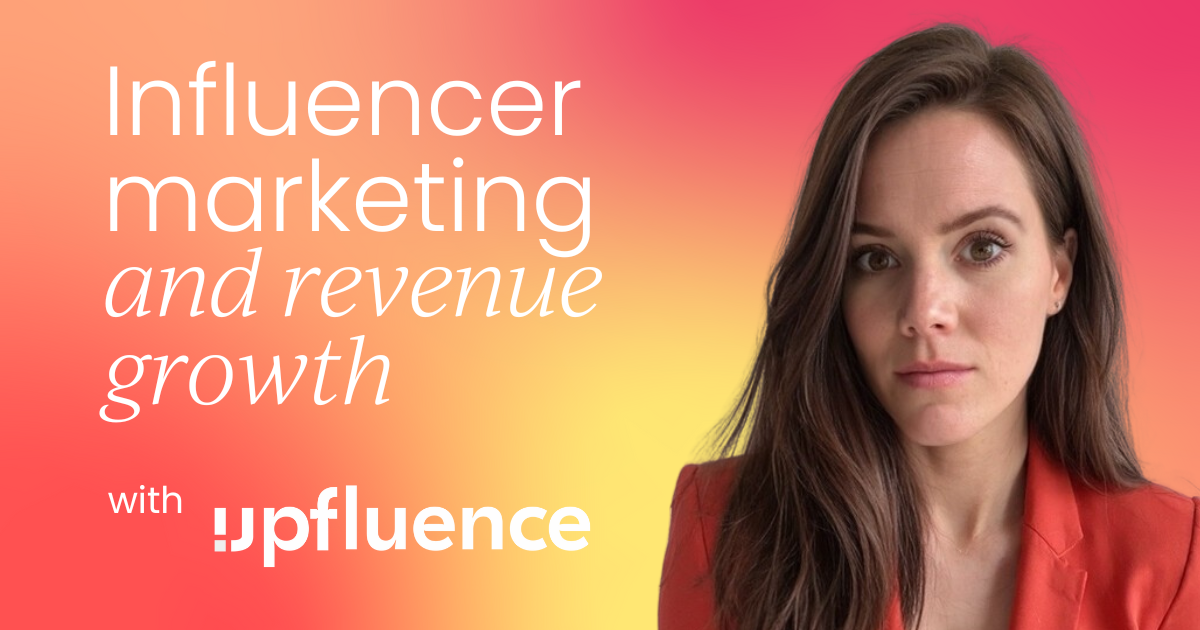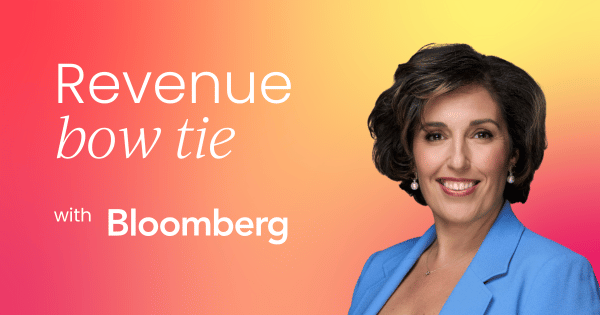Is it time to kill the marketing funnel?
For years, the traditional marketing funnel has been our go-to framework for guiding customers from initial awareness to final purchase. It’s a simple model, but the world we market in is anything but. The funnel just doesn’t cut it in a landscape where channels proliferate, data is messy, and customers' journeys are complex and non-sequential.
We need a fresh approach.
In this article, I’ll share why it’s time to move away from the traditional funnel and embrace the revenue bow tie model. We’ll dive into how this model helps you focus on long-term value, secure sustained investment from stakeholders, and navigate the complexities of modern marketing – all while aligning your teams for shared success.
Let’s get into it.
The painful realities of modern marketing
The shift to a new framework is not a choice; it's a necessity driven by several key challenges that are making our jobs incredibly difficult:
- The proliferation of new channels
- Data and tracking headaches
- Privacy concerns and regulations
- The high cost of everything
Let’s take a closer look.
The proliferation of channels
Every year, new marketing channels emerge, and our customers are using more of them than ever before.
At Bloomberg, we discovered that around 64% of our customers use social media as their first point of contact to learn about new products. Plus, on average, a consumer uses 6.8 different social media platforms each month. This means we need to be present and active in multiple spaces.
The speed of change has accelerated exponentially. Historically, new marketing channels took centuries to emerge. It was hundreds of years between the printing press and the first billboards, and another hundred years until the radio came along.
However, since the advent of television and the internet, the time between new channels has shrunk from centuries to decades, then years, and now even months.
This requires us to be constantly on our toes, not just figuring out which new channels to use but also how to show up effectively across different devices and platforms.
The data and tracking headaches
Beyond managing multiple channels and devices, we’re faced with the monumental task of tracking all the data. Connecting data from paid platforms, social media, CRMs, and marketing automation tools is often nearly impossible. We forget to tag things, integrations break, and we are left with a fragmented view of our customers.
Privacy concerns and regulations
Adding to this complexity is the rise of data privacy regulations like GDPR. Consumers are also becoming more aware of how their data is being used and are less willing to share it. Then, of course, there’s the cookie issue, which makes it incredibly difficult to accurately track individuals as they move between devices.
It’s a messy, complicated reality.
The high cost of everything
All these challenges are making customer acquisition more expensive. When our CEOs and CFOs look at the marketing budget, they see a massive figure and start asking difficult questions.
With paid media costs climbing, it’s tempting to double down on organic content – but that’s getting pricey too. Producing relevant, high-quality content for multiple platforms and customer segments quickly drives up creation costs.
We’re caught in a squeeze: increasing costs on all sides combined with the pressure to be present everywhere. The challenge isn't just about being in every channel, but knowing which ones are indispensable and how to prioritize our efforts.
The revenue bow tie: A better framework
With all these hurdles stacking up, clinging to the old, linear funnel just doesn’t cut it anymore. It’s time to shift to the revenue bow tie model. While this framework has been around for over a decade, it tackles today’s biggest marketing challenges by pushing our focus well beyond just acquisition.






.png)









 Follow us on LinkedIn
Follow us on LinkedIn




